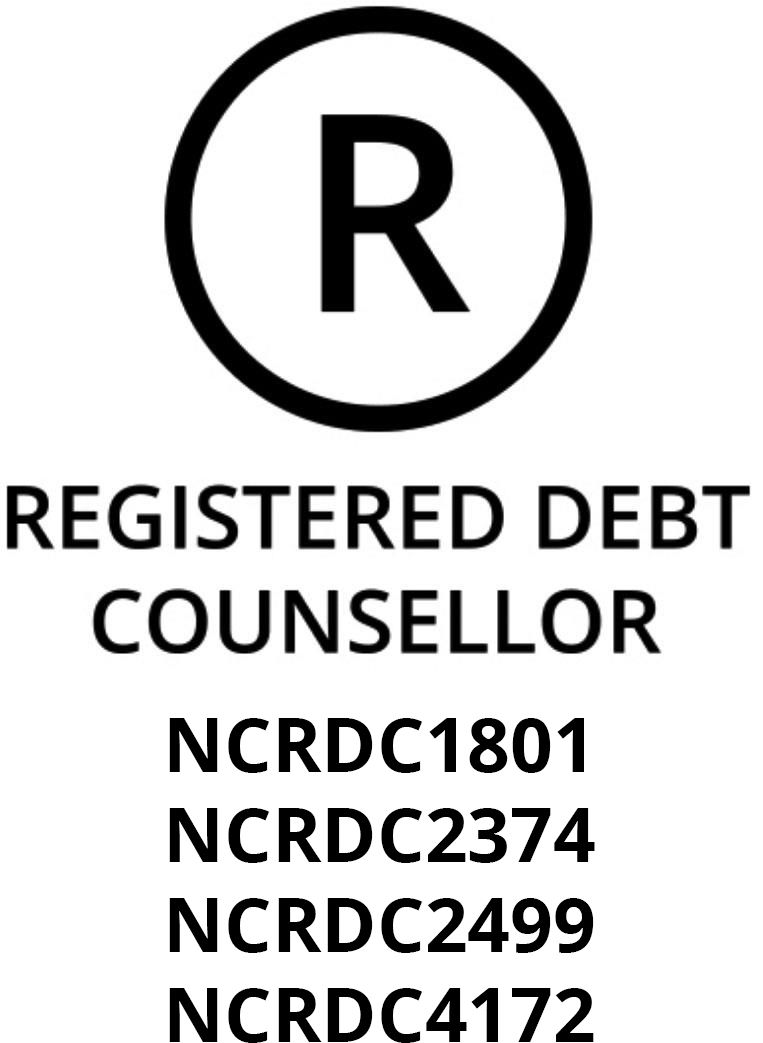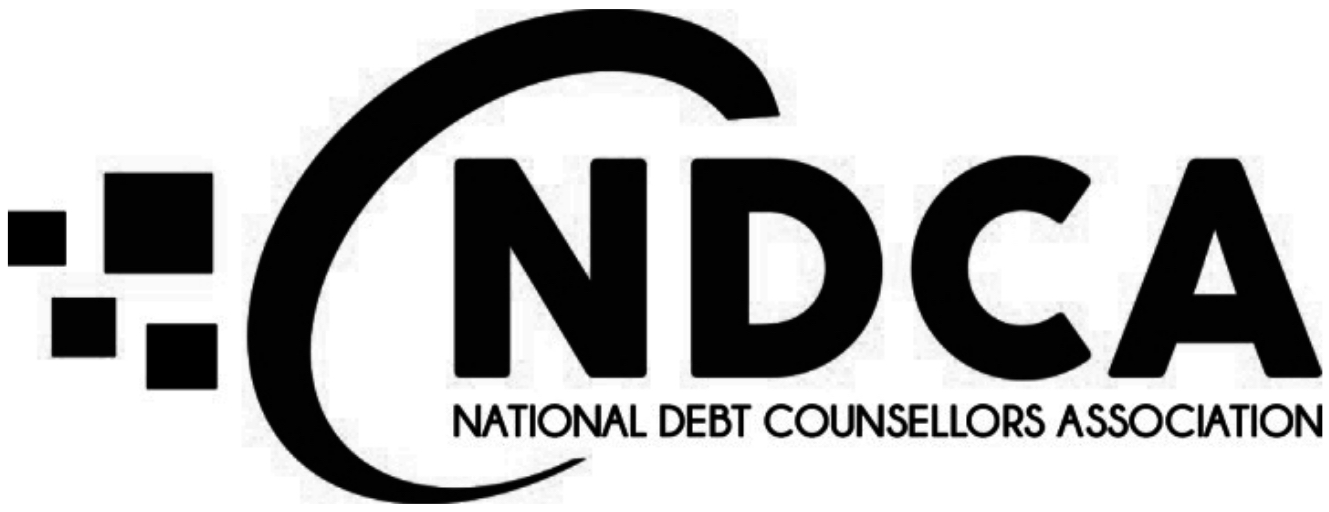For most of us, debt is an inevitable part of life. Whether buying a big-ticket asset, such as a home, or swiping a credit card to cover an emergency, managing debt wisely is essential to maintaining financial stability and avoiding potential pitfalls.
This guide will help you to take control of your debt and make informed decisions. We look at the different types of debt you may encounter, and share tips on how to improve your debt-management skills.
What is debt management?
Debt management involves assessing your financial situation, creating a budget, and drawing up a manageable repayment plan, in order to control your debt.
If you’re struggling with repayments but you’re not yet overindebted, debt management may be the right solution for you.
If you are overindebted, meaning that 30% or more of your monthly income goes towards repaying debt, debt counselling would be a better solution.
Whatever your situation, managing your debt will set you on path to a better financial future.
Types of debt
Unsecured debt
Unsecured debt refers to debt that does not have collateral – such as a house or a car – attached as security. Examples include credit card debt or a personal loan.
Since you don’t have to provide an asset as security, the lender faces a higher risk if you stop repaying your debt.
This is why unsecured loans typically attract higher interest rates than secured loans.
Secured debt
With a secured loan, the bank holds an asset – such as your car or home – as collateral. For example, your house serves as “security” for your home loan – if you stop making repayments, the bank can sell it to recover its money.
The benefits of debt management
Most of us see debt as a burden. However, when used wisely, it can be a powerful tool for building wealth strategically.
Well-managed debt can help you buy a home, finance a business, or invest in income-producing assets.
The key is careful debt management, which prevents you from getting into financial difficulty.
Careful debt management can help you build a sound credit history, improve your credit score, and make significant purchases.
The consequence of poor debt management
Managing debt effectively can be challenging. The cost of living and high interest rates place consumers under pressure, which can contribute to debt strain or even default.
If your finances are stretched, you may become overindebted, meaning you have more debt than you can manage to repay with your income.
If this happens, you may need debt management assistance.
DebtBusters, South Africa’s leading debt experts, can assist in several ways.
Expert guidance
DebtBusters offers free financial assessments to help you manage debt and improve your financial position.
Tailored debt repayment plans
A DebtBusters debt expert can create a personalised debt repayment plan with lower interest rates and new repayment terms to suit your budget.
Financial education
DebtBusters educates clients on how to reduce and manage debt and become debt free. This helps you control your finances, including your monthly repayments.
Debt management tools
DebtBusters supplies you with helpful debt management tools so you can work your way out of debt and gain financial independence.
These tools include:
- Your credit report
- A payments and open accounts monitor
- A risk calculator
- An income vs debt repayment calculator
- Reduction in repayments, via debt counselling
If you’re overindebted and enter debt counselling, which is a legal process, a debt expert will negotiate a new repayment plan with your creditors on your behalf.
If you stick to the new plan, your repayment amounts will reduce, and your cash flow will increase.
This will help you manage your debt while freeing up money for your daily needs.
Tips for effective debt management
Don’t let debt consume your life.
Learn how to manage your debt effectively to pay what you owe, live within your means, and even start saving. Here are some tips to assist you.
1. Understand your debt
Firstly, understand your debt. You need to know exactly how much you owe, how much interest you pay, and who your creditors are.
2. Create a budget
You can learn how to create and use a budget here. This will help you track your monthly income and expenses to determine how much you can pay towards your debt.
Need debt counselling or consolidation?
Explore DebtBusters' solutions for reducing your interest rates and unlocking cash.
Find out more3. Prioritise your debts
Make debt repayment a priority. Pay high-interest debts first, to reduce the amount you’ll pay over time.
4. Make more than the minimum repayment
Finally, try to make more than the minimum repayments on your debts.
If you only make the minimum repayment, you’ll end up paying more interest over time. Paying off your debt faster means you’ll save money on interest.
Start your journey to debt freedom with DebtBusters
If you can’t repay your debt, consider debt counselling, a solution offered by DebtBusters.
DebtBusters helps create a manageable repayment plan, negotiates with your creditors for lower interest rates, protects you from legal action, and unlocks cash so you’re not out of pocket.
Taking action to address your debt will also help to reduce anxiety and stress related to your finances.
Debt management guide – FAQs
1. What is debt management?
Debt management is a structured approach to handling your debt if you’re struggling to make repayments but you aren’t overindebted.
Everyone can benefit from debt management – but if more than 30% of your monthly income goes towards debt repayments, you may need assistance.
2. How do I know if I need debt help?
You may need debt help if:
- More than 30% of your income goes towards debt repayments
- You struggle to pay your bills on time
- You rely on credit to cover daily expenses
3. What are the different types of debt?
There are two main types of debt:
- Unsecured debt: No collateral required (e.g., credit cards, personal loans)
- Secured debt: Backed by assets, such as a house or car (e.g., a home loan, vehicle finance)
4. What are the benefits of debt management?
Effective debt management can:
- Reduce your anxiety and stress
- Improve your financial wellbeing
- Free up cash
- Set you on track to financial freedom
5. How does debt management affect my credit score?
Proper debt management can improve your credit score over time by ensuring timely payments and reducing outstanding debt.
However, defaulting on payments or ignoring debt can damage your credit score.
6. What are some practical debt management tips?
- Understand your debt: Know how much you owe and to whom
- Create a budget: Track your income and expenses, and see where you can save
- Prioritise your debt: Pay your high-interest debt first
- Pay more than the minimum: By increasing your instalments, you reduce interest over time
7. What if I can’t afford my debt repayments?
If you’re struggling to keep up, you may need to consolidate your debt through debt counselling. DebtBusters can help restructure your debt and reduce your repayments.
8. How can I start my debt management journey through debt counselling?
DebtBusters can provide expert guidance to help you become debt free.
Our experts can help by assessing your financial situation, creating a budget, and drawing up a realistic, manageable debt repayment plan.
9. What tools can help with debt management?
DebtBusters offers various tools, including:
- A credit score calculator to help you can check and monitor your credit rating
- An income vs debt repayment calculator to plan your repayments
- A risk calculator to help you assess your financial risk
10. Can I negotiate lower repayments with my creditors?
If you enter debt counselling, debt management experts, like those at DebtBusters, can negotiate with your creditors to reduce interest rates and restructure payments to make them more manageable.





